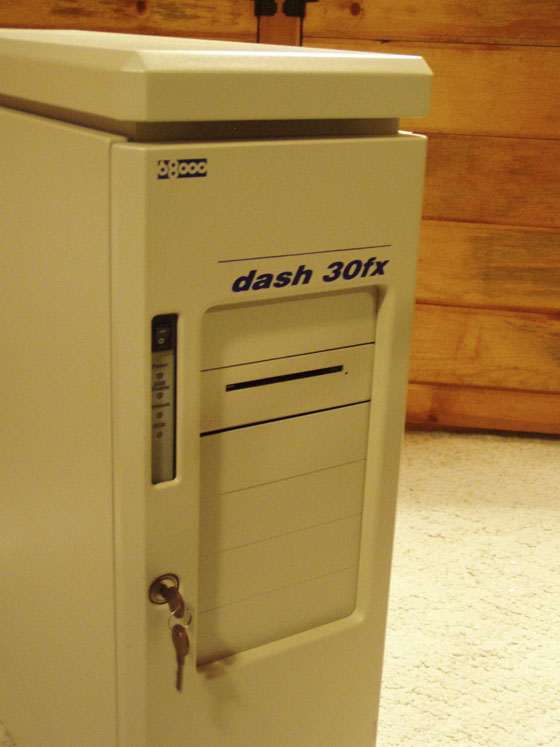Gawker Media is the 500lb gorilla of the blogosphere, owning a pile of very popular websites. One of my favorite websites — Jalopnik — belongs to them. I’ve followed Jalopnik since long before they were swallowed up by Gawker, and while the format has become a little too… Gawker-ish in recent years, I still visit once in a while. The commenting system now used on Jalopnik is part of the Gawker family commenting system, and it absolutely bites, and is the target of many complaints by the Jalopnik crowd, but it is what it is, and I put up with it.
Sometime last weekend the Gawker commenting system got hacked and their user information was “compromised.” So every time you go to a Gawker website you see dire warnings about the problem and that you need to reset your password right frickin away! Being the good netizen that I am, I did that. Or at least I tried to did that. But in order to change your password you first need to enter your old password, and since I cookied mine long, long ago, I don’t remember what I entered as a password.
The password change dialog has a reset password button, but when I hit that & entered my email — the one that I originally associated with my Jalopnik account — I would get a new password, but the login name differed from the one I had originally set up; it was the same as the first part of my email address. And when I would log in with that name, it was a brand new account with zero comment history and zero friends and zero everything. Great.
Subsequent password reset requests were entered, but they all pointed back to that new account that I wanted to forget instead of my comfortable old account. I wasn’t happy. I got really unhappy when I hit the log-out button then tried logging back in to reset the password; now I was apparently locked out of my account and couldn’t get back in.
I read through the Gawker apology a number of times trying to figure out where I went wrong, and in the end I figured it out on my own. It turned out the problem was that my account had been grandfathered-in from the old Jalopnik system, and didn’t have my email address on file. Thankfully, even though I had logged out a few days ago, when I went back to Jalopnik today it showed that I was indeed logged in! And my work computer was apparently set to log me in automatically too, so that was another gateway I had to my original account.
What I did to fix it is this…
- Went into the new account (using Firefox instead of Safari) and changed the email address to something other than what I wanted to use on the real account.
- Went into the real account and set my email address — that field was empty — to the address I wanted in there.
- Clicked on the Password button in the real account,
- Clicked on the Password Reset button; that triggered an email to be sent out with a new password and my old login name!
- With that fresh password, I was able to go in & set my password to what I wanted.
- Whew!
I guess I need to take some responsibility in this; how long has my account been without an email address? That’s something I probably should have checked right away. But isn’t the missing email address something that the Gawker overlords could have easily picked up on? And how easy would it have been for them to narrow down which accounts were missing the email address and alert those account owners on their next visit to a Gawker-owned site?
So if you’re having problems getting your Gawker password changed, click Edit Profile on your account to see if there is a password there; if not, put one in there. And if you’ve already tried changing your password and ended up with a worthless new account, do the same with that account and give it a different email address. But if you’ve managed to lock yourself out of your account, and can’t get back in… I’ve got nothing but sympathy for you as you try to get back in. Good luck!








